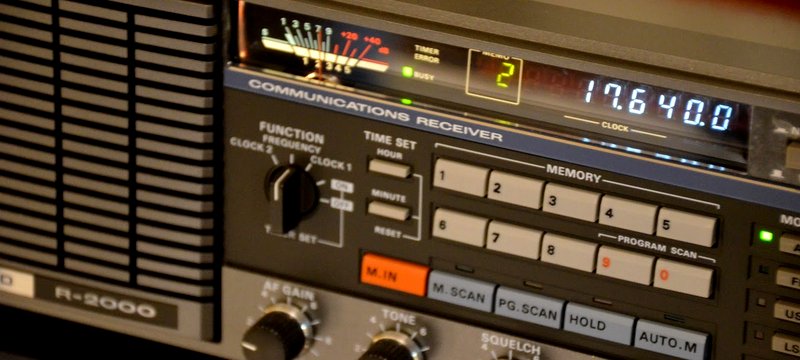Many thanks to SWLing Post contributor, Alan Fahrner, who writes:
One of your articles below inspired me to write this:
https://math.promo/2019/12/shortwave-decibels/
This past August I went back for a second bachelors, this time in mathematics. So, I love when real life can be used as an example of answering the age-old question, “When am I ever going to use this?” about math. 🙂
Happy New Year!
And a Happy New Year to you, too, Alan! Thanks for sharing!


Love those D’arsonval meter movements.
This article has a fundamental flaw
0 dB equals no change ie the power 1 and power 2 are equal It is a ratio, not an absolute level
0 dBm = the reference power of 1 milliWatt and this is an absolute level as is
0 dBW = the reference power of 1 Watt
3 dBW is close to 2 Watts
0 dB20 micropascal is the acoustic power the average person can hear at 1 kHz. This is another reference
For absolute power levels the reference must be stated otherwise the dB refers to a ratio of powers.
This is the difference between a mathematician and an electronics engineer!
I agree it’s more clickbait-y title than actual article, but:
“This article has a fundamental flaw
0 dB equals no change ie the power 1 and power 2 are equal It is a ratio, not an absolute level”
Uh, Alan, it /does/ mentions that. Twice. Albeit in a quote from elsewhere. It also talks about the need for a reference level, although it doesn’t
Personally, I have more of an issue with (a) the fact it flips between 10log and 20log without explanation, and (b) the statement:
“If you do not see a base with your log (e.g. log10^n), then it is the “common log,” which is base 10”.
That’s very field-dependent; for example, in anything beyond high-school statistics & maths fields the default assumption is usually the /natural/ log (i.e. base /e/), and most software (e.g. R, Octave, Matlab, ) follows that convention by default unless told otherwise.
edit: “although it doesn’t talk about V/m/W specifically.”